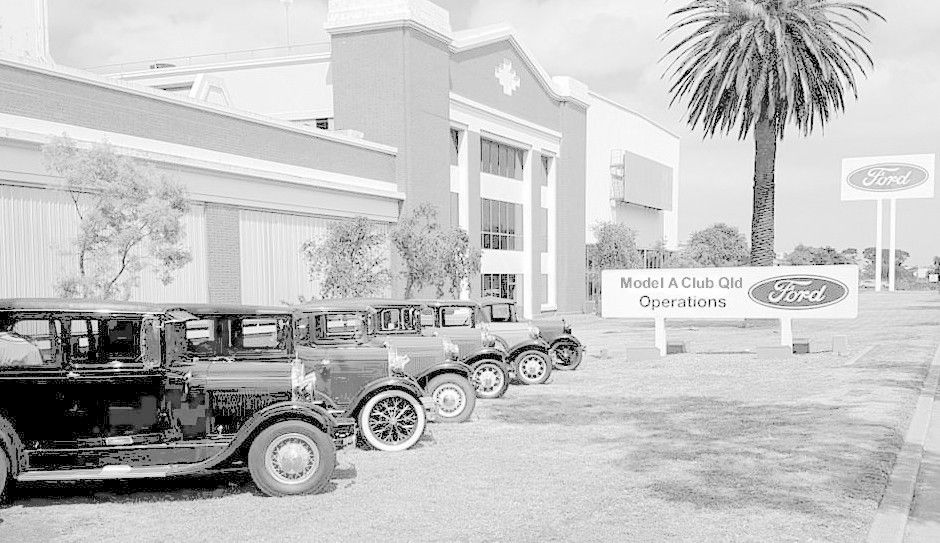
History of the Model A Ford
The Ford Model A (also colloquially called the A-Model Ford or the A) was the second huge success for the Ford Motor Company, after its predecessor, the Model T. First produced on October 20, 1927, but not sold until December 2, it replaced the venerable Model T, which had been produced for 18 years. This new Model A (a previous model had used the name in 1903–04) was designated a 1928 model and was available in four standard colors.
By February 4, 1929, one million Model As had been sold and, by July 24, two million. The range of body styles ran from the Tudor at US$500 (in grey, green, or black) to the Town Car with a dual cowl at US$1200. In March 1930, Model A sales hit three million and there were nine body styles available.
Model A production ended in March 1932, after 4,858,644 had been made in all body styles.
The Model A was the first Ford to use the standard set of driver controls with conventional clutch and brake pedals, throttle and gearshift. Previous Fords used controls that had become uncommon to drivers of other makes.
The Soviet company GAZ, which started as a joint venture between Ford and the Soviet Union, made a licensed version from 1932–1936. This served as the basis for the FAI and BA-20 armored cars which saw use as Soviet scout vehicles in the early stages of World War II.
In addition to the United States, Ford made the Model A in plants in Argentina, Canada, Denmark, France, Germany, Japan and the United Kingdom.
